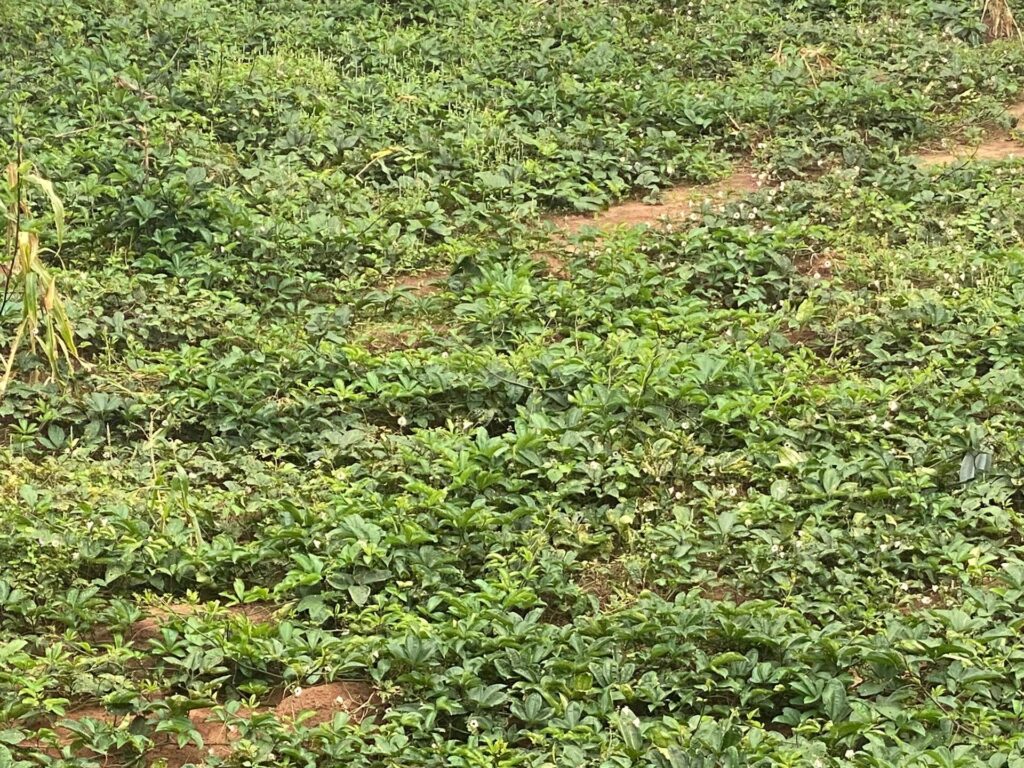
Crop improvement is defined as the science that deals with the development of new crop varieties which superior policy and in other words, crop improvements refers to the ways of developing and breathing of crop varieties which are better than the existing varieties in a number of characters.
As a result of the ever increasing world population, modern scientific methods of crop Improvement became necessary in order to increase productivity as well as maintain quality of food crops. Man has identified certain crop plants that are useful to him, and land that if he could select viable seeds for planting and adopt good cultural practices, he could obtain large quantity and quality of food needed for human and industrial purposes. This is the main purpose of crop improvement.
Aim of Crop Improvement
The plant breeders involved in improving our crops usually have certain amps in mind when doing their work. They try to substitute the undesirable characters in plants with desirable ones so that higher yields will be produced with improved quality. The aims of crop improvement therefore include:
- To increase yield: The varieties of crops so developed by breeders are capable of giving very high yield or quantity of crops per unit of land. This quantity is measured in kg/ha, e.g. high yield of tomato plant from 800kg/ha to 200 kg/ha.
- To improve the quality of produce: The quality of farm produce enhances its usefulness and value. Plant breeders can improve on the taste, colour, size, nutritive value and fiber content of crops.
- To adapt to climatic conditions: Plant breeders develop varieties of crops that are able to withstand extreme conditions of cold, drought and wind by adjusting the growth cycle of the variety better to suit the available growing season.
- To Increase resistance to diseases: Plant breeders also develop varieties of crops which are not only resistant to diseases but produce high yield in the presence of diseases.
- To increase resistance to pests: It is also the aim of plant breeders to develop varieties of crops which are not only resistant to diseases but produce high yield in the presence of pests.
- To meet the needs of growers: Improvements in farming methods may make particular characteristics desirable to growers in their plants. For example, many growers would prefer short variety of maize which can be harvested by machine, instead of tall ones which can only be harvested by hand.
- To produce crops with uniform agronomic characteristics: One of the aims of plant breeders is to breed crops which can grow and mature uniformly to facilitate mechanisation or ease of harvesting.
- To breed crops with early maturity: Plant breeders are involved in the production of crops which will mature easily. This can allow for the production of the crop many times in a year depending on the crop.
- To improve harvesting quantities: Breeders try to produce crops that can be harvested with ease and without damage to the seeds/fruits.
- To improve the nutritional value of the produce: It is the ultimate aim of plants breeders to develop crops that have nutritional value like high protein, mineral, vitamin, etc which are useful to man.
- To meet the needs of consumers (processors or industralists): The demand by food processors as well as other consumers creates pressure for new quality of plants. For instance, improved quality in farm products, e.g. maze with high protein content will contribute to good health of the people.
Factors to be considered when selecting a crop variety for a locality
- Resistance to diseases
- Tolerance to pests
- Adaptability to climate conditions
- Adaptability to soil requirements
- Superior yield
- Superior quality
- Early maturity
- Uniform growth habit
- Cost of production/other factors of production
- Taste of consumers
- Cultural taboos
- Availability of planting materials
- Availability of land
- Ability of smoother weeds.
Mendelian laws of inheritance
In order to understand the mendelian laws and usefulness in plant breeding, it is important to know some technical words which we shall come across in crop improvements.
- Genes: Genes are hereditary units or basic units of inheritance. They are located in chromosomes and are responsible for the transmission of characters from parents to offsprings.
- Chromosomes: Chromosomes are rod-like or thread-like bodies found in the nucleus of a cell. The chromosomes house or contain the genes.
- Characters of traits: These are the inheritable attributes or features possessed by an organism, e.g. seed colour, seed size, plant height, etc. in plants.
- Gamete: Gamete is a matured sex cell which takes parts in sexual reproduction. There are two types: male gamete or spermatozoon (in animals) and pollen grains (in plants) and female gametes, egg or ovum (in animals) and ovules (in plants). Gametes are usually haploid.
- Zygote: Zygote is a single cell formed as a result of the Union of a male gamete which a female gamete. Gamete is usually diploid.
- Allelomorphs: Allelomorphs are pairs of genes on the position of a chromosomes (i.e. locus) that’s control contrasting characters. A pair of allelomorphs are called allelic pair which each member of the pair is the allele of the other.
- Phenotype: Phenotype is the sum total of all observable features of an organism, i.e. the physical, physiological and behavioral traits, e.g. height, weight and skin colour.
- Genotype: This term is used to describe those traits or some total of the genes inherited from both parents. In other words, the genotype of an individual is his genetic makeup or constitution. Genotype includes both day dominant and the recessive traits that form the genetic makeup of an individual.
- Dominant character: This is a trait or character that is expressed in an offspring going to individual is contrasting characters or traits are crossed. Dominant genes on the other hand are genes which control dominant characters. For instance, in a very tall plant, there may be the gene for shortness but the gene has no influence on the gene for tallness.
- Recessive character: This is the character or trait from one parent which is masked or does not produce the effects in the presence of dominant character. From the illustration above, shortness is the recessive character while tallness is the dominant character. Recessive genes on the other hand are genes which control recessive characters.


